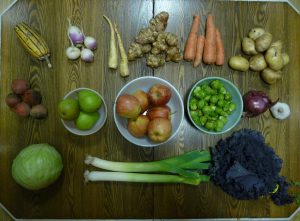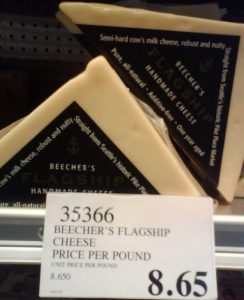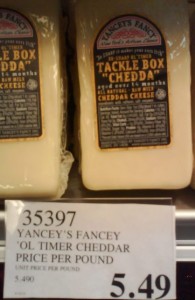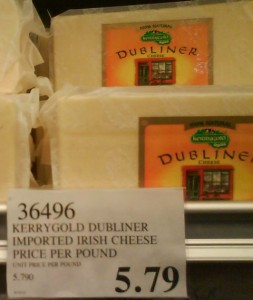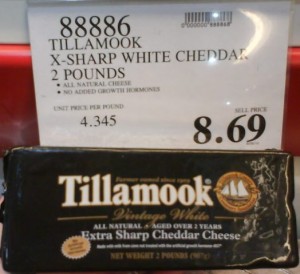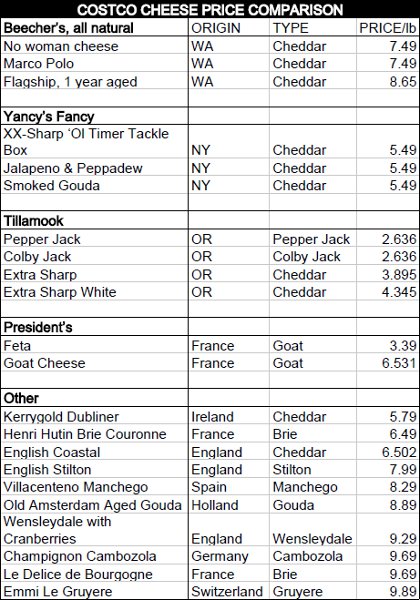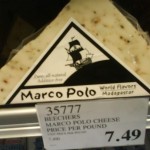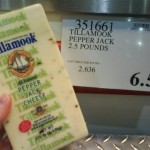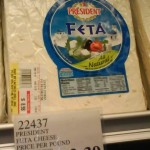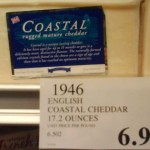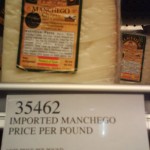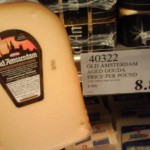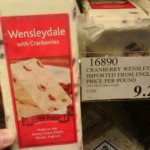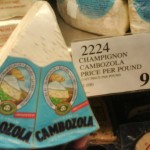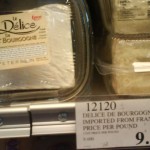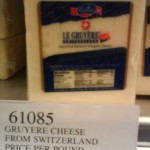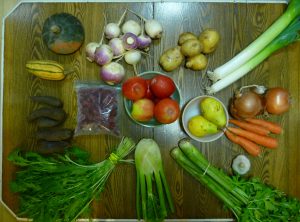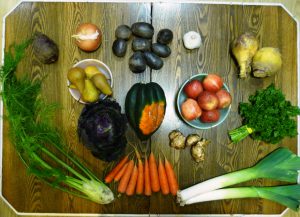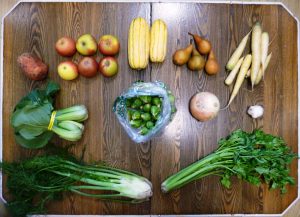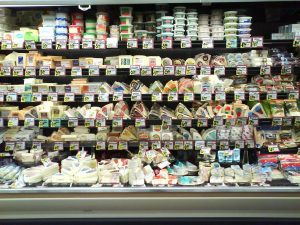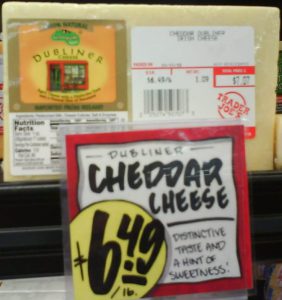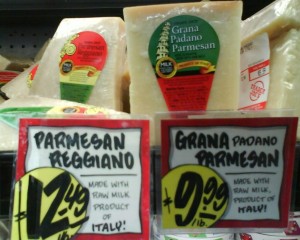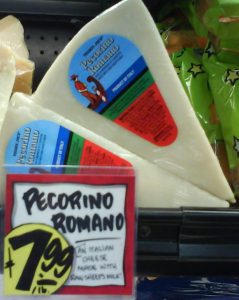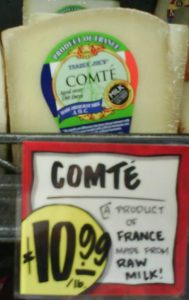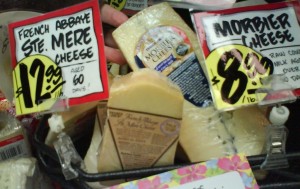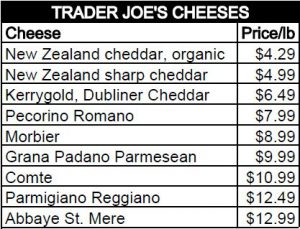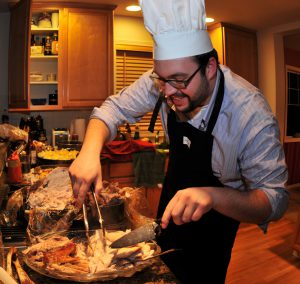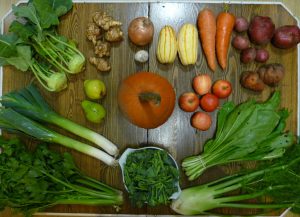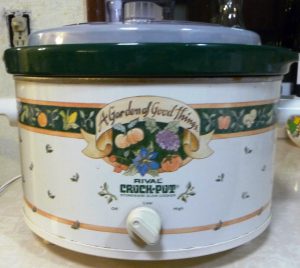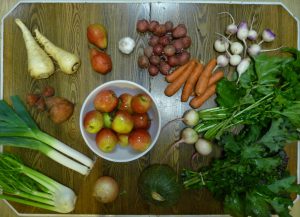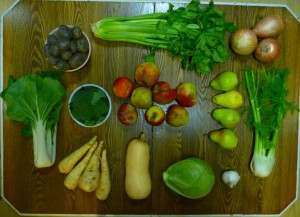 The funny thing about resolutions is that we never keep them. It’s a game we play with ourselves…a sick game where we come up with some unobtainable idea of the perfect “self” that we wish defined us. Resolutions remind us of our shortcomings, our failures, and our faults. And, when we invariably fail at our resolutions, it just reminds us of how pathetic, weak and imperfect humanity can be. (Why am I talking about humanity???) Truly, it reminds us of the weaknesses in ourselves, but in a depressing, shameful way.
The funny thing about resolutions is that we never keep them. It’s a game we play with ourselves…a sick game where we come up with some unobtainable idea of the perfect “self” that we wish defined us. Resolutions remind us of our shortcomings, our failures, and our faults. And, when we invariably fail at our resolutions, it just reminds us of how pathetic, weak and imperfect humanity can be. (Why am I talking about humanity???) Truly, it reminds us of the weaknesses in ourselves, but in a depressing, shameful way.
I have no interest in a path that leads to self-loathing. Screw resolutions.
Ah…but then there is the path that few complete: the ones that keep their resolutions. Do they truly become better people? Or do they just gain the self-obtained right to think their better than other people? I have no interest in a path that leads to self-righteousness, either. Even if resolutions are able to be kept by some, I still say: screw resolutions!
We have to come to accept certain things about our lives. We are imperfect. We cannot pull ourselves up by our own bootstraps and fix our lives. Sometimes things that are broken stay broken. Sometimes things that hurt never heal. Sometimes weight is never lost. Youth flies out the window like a summer breeze. Death happens every day.
Once you can accept that life isn’t always a walk in the park, you can move on and appreciate what live has to offer. I think that being REAL and LIVING and WARM BLOODED with people is—hands down—more important than appearing perfect. The truth in life is that we all have flaws and we all offend each other, but none of us can pull it alone. We are a community. I believe God is at the heart of that community, and he brings us together to find meaning and comfort in Him.
Now for the practical application: if you’re thinking of making a resolution to eat locally this year, don’t! Don’t do it! Eat locally when you feel like it. Enjoy local produce, meats and cheeses. Get to know your local farmer and create a relationship with him. Let yourself become convicted that supporting local farmers is a good thing to do. But, if you can’t find your own love for eating locally, then stop. You don’t need to support local agriculture in order to save your soul. Root vegetables are not the indulgences of the 21st century. Food feeds the body; the soul is fed elsewhere.
Local sustainable food is good, but self-righteous localvores are idiots. Don’t become one of them. Be empathetic to others; share your food, and your good cheer; promote community and the local economy; however, don’t think that doing any of this will make up for other hurts or flaws in your life, because it won’t. The best it can do is mask them. Don’t hide behind a resolution. Face your life for what it is, and feed each part of your being in the way that it needs to be fed.
By ekwetzel
2010-12-29
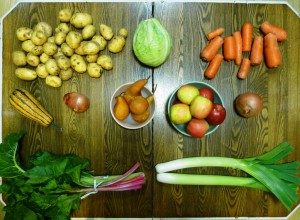 WEEK 25 (There is a 1 week winter break for the last week of the year, and no CSA food)
WEEK 25 (There is a 1 week winter break for the last week of the year, and no CSA food)
(Top Row)
Potatoes
Cabbage
Carrots
(Middle Row)
Delicata Squash
Shallot
Pears
Apples
Onion
(Bottom Row)
Rainbow Chard
Leeks
*Photo by Molly Morris


